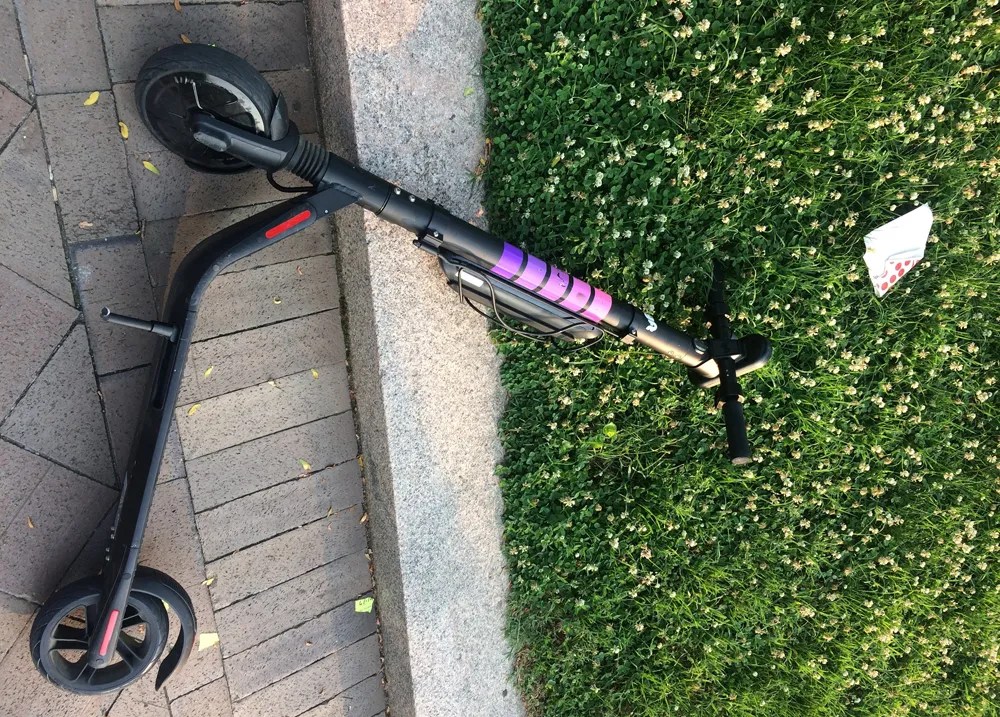Cycle-specific traffic signals, which are common in Europe and Australia, are now being introduced in the US alongside the more familiar traditional intersection control signals. At least sixteen US cities, including Austin, Denver, Minneapolis, San Francisco, Seattle and Washington DC, have installed the lights, which feature a bicycle-shaped signal, according to an October study commissioned by the Oregon Department of Transportation and the Federal Highway Administration. The study found that cyclists ca
December 5, 2012
Read time: 2 mins
Cycle-specific traffic signals, which are common in Europe and Australia, are now being introduced in the US alongside the more familiar traditional intersection control signals.
At least sixteen US cities, including Austin, Denver, Minneapolis, San Francisco, Seattle and Washington DC, have installed the lights, which feature a bicycle-shaped signal, according to an October study commissioned by the5837 Oregon Department of Transportation and the 831 Federal Highway Administration.
The study found that cyclists can be at risk when entering an intersection on an amber signal that allows enough time for cars to clear the intersection, but not for cycles. Even traditional green lights may not allow enough time for a cyclist to cross from a stopped position. By allowing the cyclist a few seconds head start, the signals can also help prevent collisions when a motorist is turning right and a cyclist is going straight on.
According to the study, some cycle signals are stand-alone, while others are incorporated into normal traffic signals; some are timed, while others are activated when a cyclist approaches the intersection.
Gary Obery, Oregon Department of Transportation senior traffic engineer, said cyclists have to obey the signals like other vehicles approaching a traffic signal. He pointed out that there is currently no national standard for these signals since their use is still growing.
"At some point they will appear in our national standards, but that process involves trying things out and seeing what works best," he said. At least two states have passed laws setting out rules and regulations for them. California was the first, in the early 2000s. Last year Oregon lawmakers approved Senate Bill 130, adding cycle-only signals to the state's list of traffic control devices.
The signals are being used in cities that are trying to make streets more bicycle friendly and in intersections that are more complex, Obery said.
Chicago officials announced the city's first cycle-specific traffic signal in August. Atlanta got its first bike signal in October. In November, Oregon's capital city of Salem joined four other Oregon communities with bicycle traffic signals.
The bicycle signal cost US$1,000 to install in Salem, according to assistant city traffic manager Tony Martin.
At least sixteen US cities, including Austin, Denver, Minneapolis, San Francisco, Seattle and Washington DC, have installed the lights, which feature a bicycle-shaped signal, according to an October study commissioned by the
The study found that cyclists can be at risk when entering an intersection on an amber signal that allows enough time for cars to clear the intersection, but not for cycles. Even traditional green lights may not allow enough time for a cyclist to cross from a stopped position. By allowing the cyclist a few seconds head start, the signals can also help prevent collisions when a motorist is turning right and a cyclist is going straight on.
According to the study, some cycle signals are stand-alone, while others are incorporated into normal traffic signals; some are timed, while others are activated when a cyclist approaches the intersection.
Gary Obery, Oregon Department of Transportation senior traffic engineer, said cyclists have to obey the signals like other vehicles approaching a traffic signal. He pointed out that there is currently no national standard for these signals since their use is still growing.
"At some point they will appear in our national standards, but that process involves trying things out and seeing what works best," he said. At least two states have passed laws setting out rules and regulations for them. California was the first, in the early 2000s. Last year Oregon lawmakers approved Senate Bill 130, adding cycle-only signals to the state's list of traffic control devices.
The signals are being used in cities that are trying to make streets more bicycle friendly and in intersections that are more complex, Obery said.
Chicago officials announced the city's first cycle-specific traffic signal in August. Atlanta got its first bike signal in October. In November, Oregon's capital city of Salem joined four other Oregon communities with bicycle traffic signals.
The bicycle signal cost US$1,000 to install in Salem, according to assistant city traffic manager Tony Martin.









